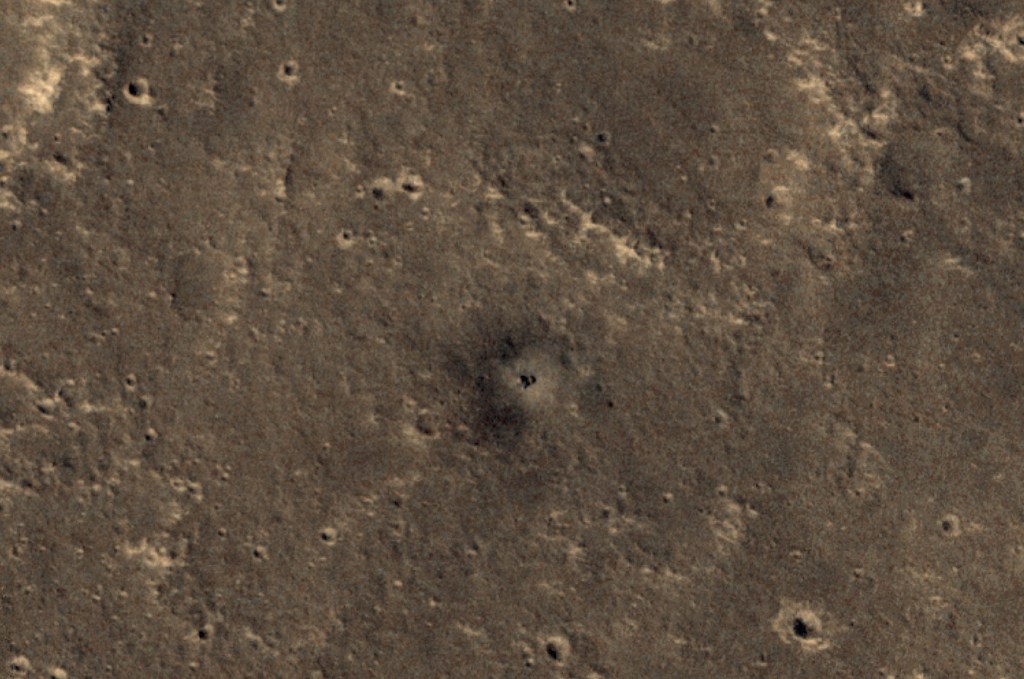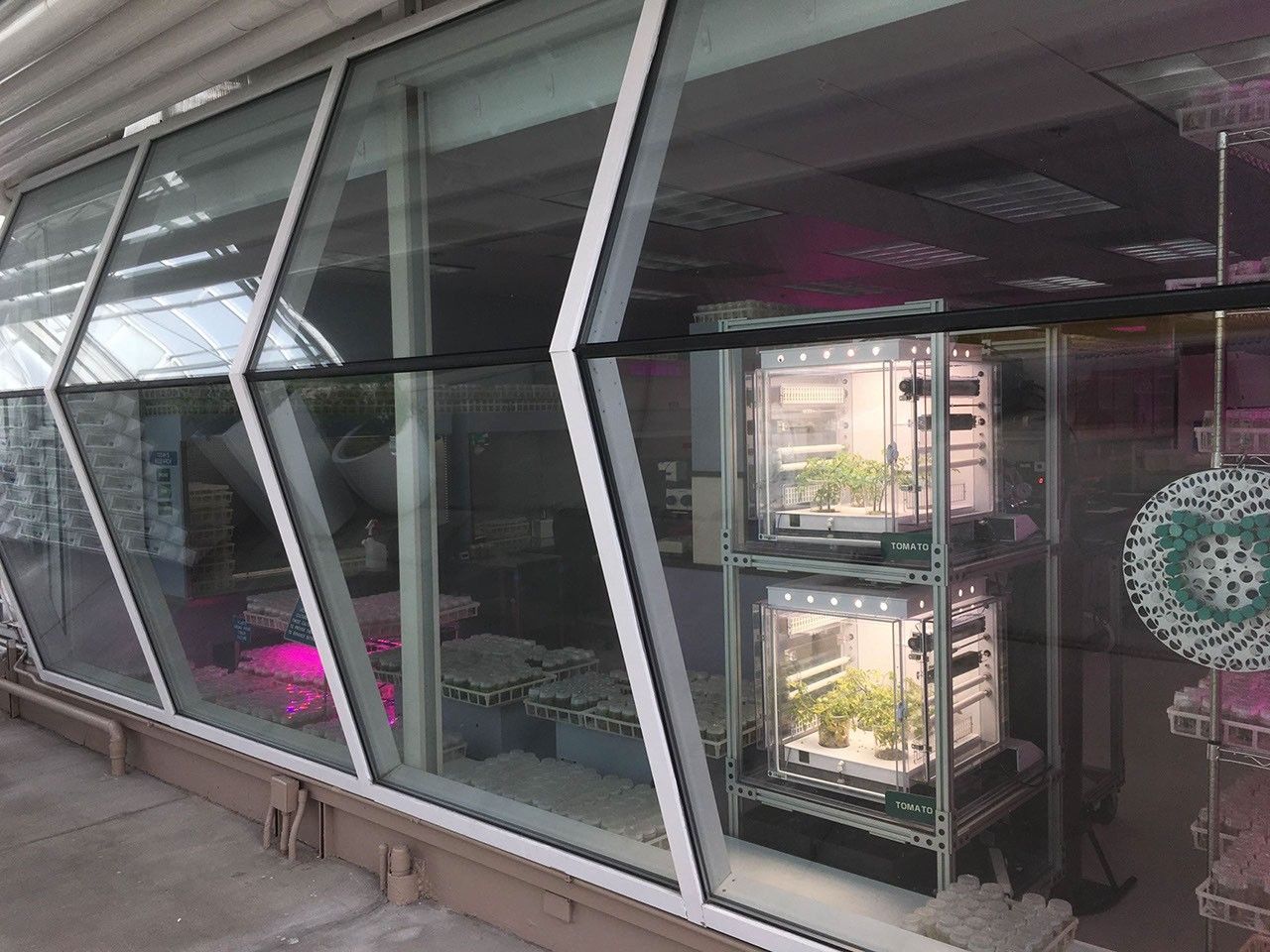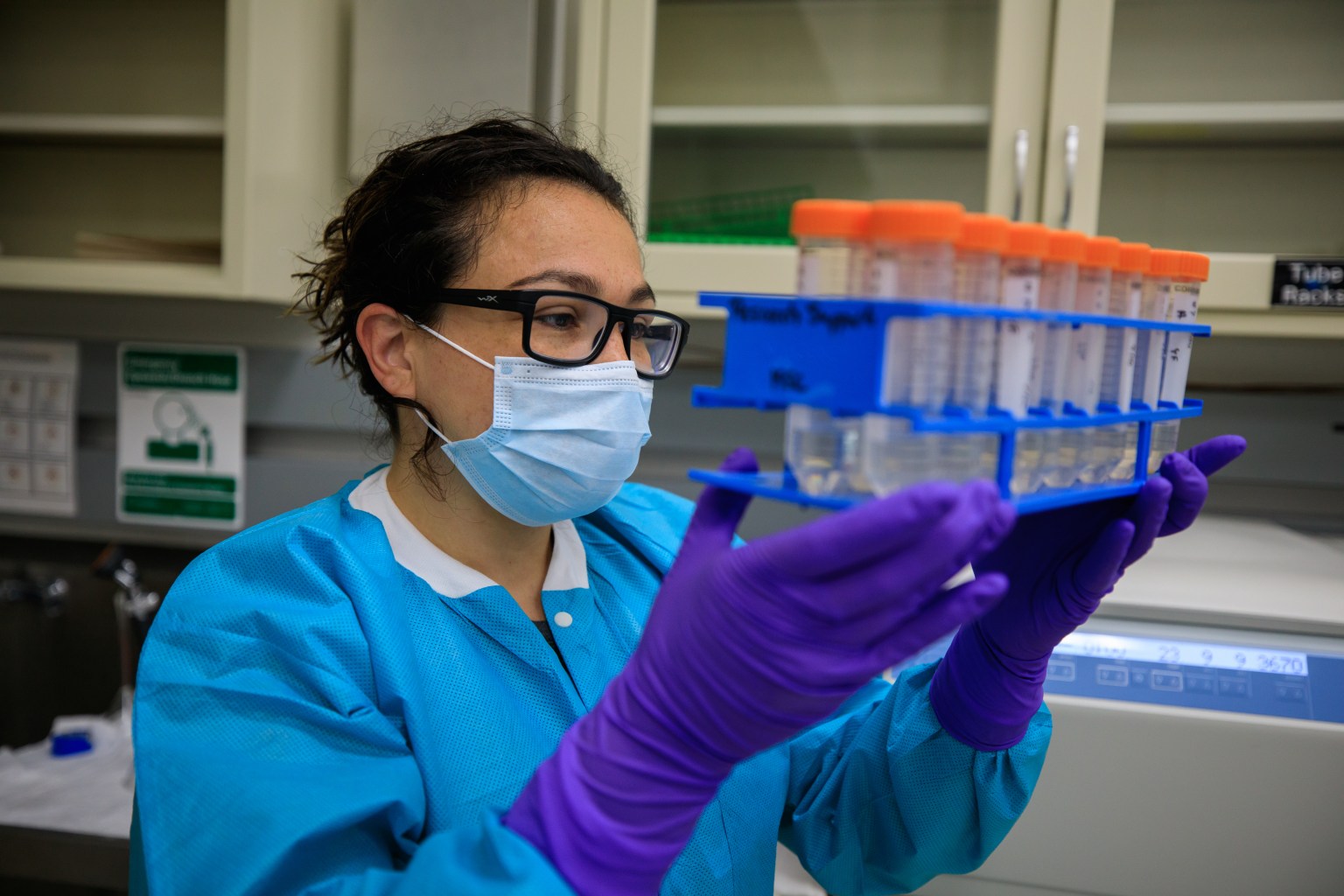August 2015 Edition
By Laurel J. Karr, Ph.D.,
Teresa Y. Miller, M.S.
David N. Donovan
Proteins and other macro-molecules, such as DNA, RNA and even whole viruses, have been crystallized in microgravity experiments for more than three decades. In the microgravity environment, sedimentary and convective forces do not affect crystal formation. Thus larger and more well-ordered crystals can be produced, allowing new insights into the basic structures of these molecules.
More than 500 crystallization investigations have been undertaken on the space station. The vast majority of macromolecular crystals grown on ISS have been proteins. Proteins serve many functions, including maintaining the structure, function, and regulation of the body’s tissues and organs and acting as catalysts for chemical reactions, cell-to-cell signaling, and immune responses. Better understanding of protein structures helps researchers understand protein function and how to design drugs to work with these macromolecules to treat disease.
This Researcher’s Guide provides background on previous research, current facilities and supporting hardware on ISS. It also provides introductory information on payload development processes and potential funding options.
All eBook readers: EPUB [4.6 MB]
PDF readers: PDF [2.7 MB]



































